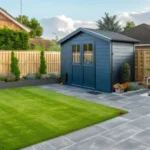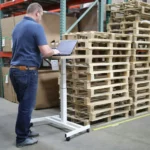What You Need To Know About Insuring A Metal Building
If you are considering building a new metal building, add the cost of insurance to your financial considerations. This is true whether you plan to use the metal building for personal or business purposes.
The good news is metal building insurance tends to be less expensive than you pay for other structures. There are some critical factors to keep in mind, though, to ensure you get the best price. What does it take to insure a metal building?








